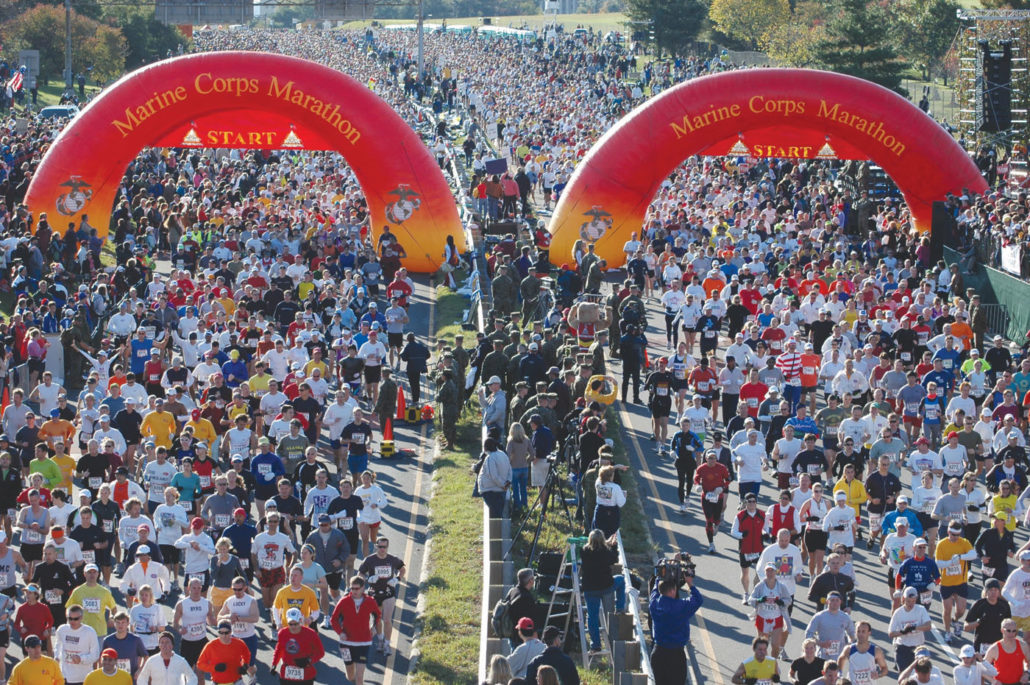Going to the well

I believe 100% in hard work. Anything worth doing is going to require hard work- and plenty of it. However, one of the most important lessons I learned in my career was that not every workout has to be an event that leaves you on the floor in a lactic coma. Not every workout has to be a trip to the hurt locker. But, I just said that hard work is required! Yes, it absolutely is, and that is what got me confused in my own thoughts. Ultimately, workouts will be varying degrees of hard, but what I am concerned about is workouts that require you to go deep to the well. An all-out assault on testing your limits only to turn around in a few days and then pick up your training again. How many times are you doing that in a training cycle? How many times should we be doing that?
To start, let’s put into context what I am talking about when I say, “going to the well.” What the actual workout is would depend on the person and their ability, as well as what they are training for. However, the factors that would be the same would include:
- The workout distance being above and beyond what you normally would do. For example, a 2×6 mile or a Simulator workout. This could also include manipulation of other variables, like recovery time. For instance, if you usually do 12×400 with 400 jog recovery, but this week, coach gave you 12×400 with 100 meter jog, that’s a significant increase in workout difficulty.
- Puts you in a race type environment. Now, this could be a race, but what I am really referring to is a workout that makes you pretty nervous, puts you in a mindset that you would for pre race- clothes out, pre workout nutrition, earlier bedtime, etc. If it is a situation where there’s extra hype put around it than any other day, it’s probably going to be a very significant effort.
- Forces you to take extra recovery days after the effort. If you usually take 102 easy days, but this bad boy means 3-4 easy days, it’s a big time effort.
The point is, these are above and beyond what you would normally do at a given point in your training plan. Given that, you can probably guess that we shouldn’t be putting ourselves in these positions too many times. Looking at my old training, I really focused on the training for the Rock n Roll San Diego Marathon. For one, it’s when I ran my personal best, and secondly, it’s easily found in my book, Hansons Marathon Method, under Appendix A. My total training segment was 15 weeks and I counted four efforts where things probably got pretty real.
- Week 5: 5×2 @ MP-5 to 10 seconds/mile. That’s a doozy.
- Week 9: 10 mile tempo. 5 miles @ MP and then second 5 faster. Bruiser. I’ve run 10 mile races slower than that!
- Week 11: Simulator. 1:06:39 half marathon. ( I would note that the entire week was BRUTAL. Mon 5×2 miles (9:43 average), Thursday 3×3 miles (4:52/mile). Oh to be young again!)
- Week 13: Infamous 2×6 miles (29:39, 29:36)
So, looking at this, you can see that I went the first 3rd of my segment without a workout where I’d say I went to the well. Then I went another month before the next one. So, that’s over 50% of the way through my plan. Then over the last third of the segment, we ended up making that last 4 weeks of training pretty tough with two major workouts over the last month of hard training. Then after that week 13 workout, a significant decrease in workout intensity (volume stayed consistent). For all of you, I can’t see this being too much different. I can’t see a scenario where more than 2-4 really “dig deep, go to the well” type workouts should exist.
I took a long look at my training, but I also wanted to see what other coaches were saying. It was surprising that it was tough to really find a direct answer. It was really more deciphering through the use of predictor workouts, goal pace workouts, and when to race. Wading through all that data, the coaches all seemed to be in the 3-5 week range. If you find yourself in a situation where you really feel like a workout is beyond the normal difficulties of training, then there might need to be some reassessment of what you are doing. If I go with that mindset, I can look at the classic HMM plans and see exactly where I would want to potentially place a significant workout or race.
Beginner and Advanced Plan:
- At the end of week 5. This is after your base building of easy running for a few weeks. This would be a good place to run an all out 5k to give yourself a baseline for your next segment of the plan- the speed segment. For Advanced runners, you have already done some speed for a few weeks. I am indifferent if Advanced runners do anything here.
- At the end of week 10. This would be a great time for a 10k race. This would help us finalize our marathon time goal before we move on to the strength segment of the plan.
- At the end of week 14 would be a good place for a half marathon run at goal marathon pace. This gives you several weeks at goal pace and then also gives you several weeks to finalize plan and tweak training if needed.
Please don’t take this as an invitation to just completely blow past hard training into complete overtraining. If you are already psyched out by the training plan, this is your first marathon, or you just aren’t recovering from the training as it already is, then please don’t just jump into this. As a coach, I don’t mind trying new things, but make sure you get solid advice on how to do it, particularly what to do before and after one of these types of efforts. Finally, for me, what I really wanted to point out, was that if you find yourself in a situation like every strength workout is a monster or every 8-10 mile tempo is something that puts the fear of God into you, then maybe we are overdoing it. Maybe we need to look at what’s going on. Workouts should be hard, and maybe the next day is pretty tough, but we shouldn’t be put in a position where we are hanging on by a thread every single week- especially for more than 4-6 weeks. Not every workout has to be your best or the hardest. What I pointed out above hopefully shows you that you really shouldn’t have that many types of efforts to really see the results you want.




